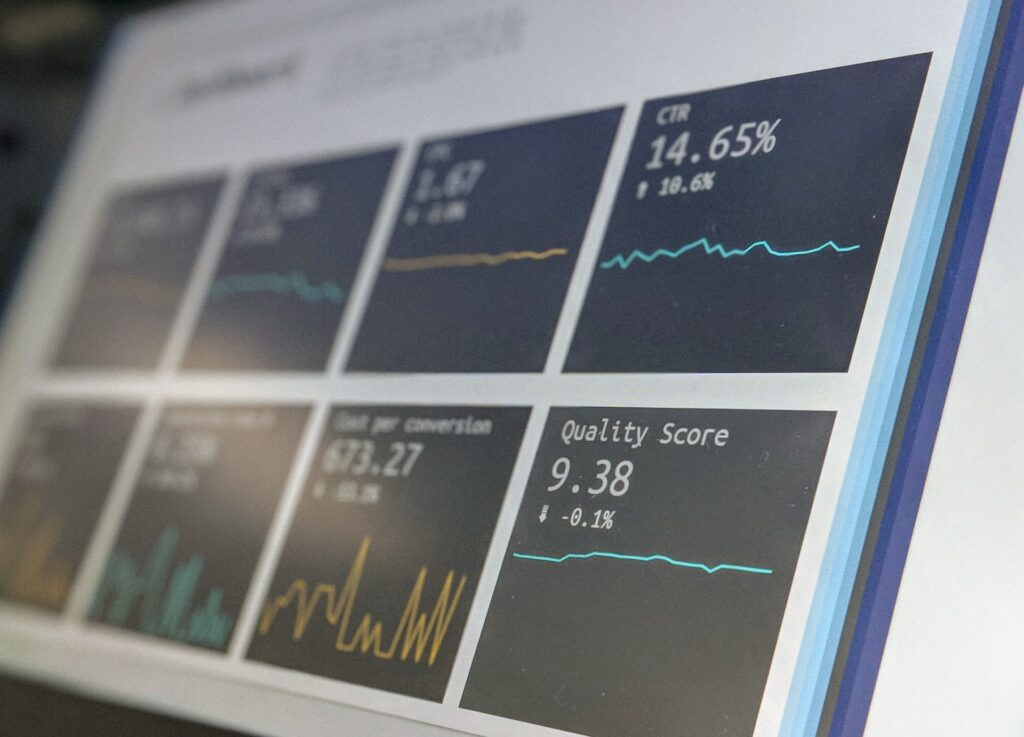What Is Quality Assurance, And Why Is It Important For Manufacturers?
Manufacturing businesses succeed and flourish when they adhere to five key quality assurance practices. These measures include setting up specific standards of excellence, assessing products regularly throughout production, applying statistical process control solutions, executing final product tests and inspections meticulously, as well as preserving meticulous records. By taking these steps seriously, manufacturers can achieve consistent high-quality results in all their creations.

How To Establish Quality Goals
Establish quality goals: Quality goals should be established at the beginning of the manufacturing process and should be based on customer needs and requirements.
There are a few key steps to establishing quality goals:
- Establishing the product’s specifications: What must be accomplished for the product to meet a high-quality standard?
- Crafting measurable objectives is of utmost importance to track progress and evaluate performance; without this step, defining requirements would be insufficient.
- Establish a shared vision: Ensure that everyone involved in the fabrication process knows and comprehends the quality goals, so they can work toward achieving them.
- Regularly evaluate and modify aspirations as necessary: Superlative goals should be frequently examined, and revised if needed, to make sure they remain pertinent and achievable.

How To Test Products Throughout The Manufacturing Process
To guarantee that products meet quality requirements, they must be thoroughly inspected at multiple points of the manufacturing process.
Quality assurance is essential during the manufacturing process of any product. Strength testing, leak testing, and temperature testing are all important tests that can be used to guarantee a safe and reliable final product for consumers. By conducting these tests regularly, companies can rest assured knowing their products meet industry standard quality requirements.
It is essential to accurately record the results of these tests to ensure that everyone involved in the production process remains accountable. By preserving this documentation, we can guarantee that quality standards have been fulfilled and any possible problems are treated quickly.
Manufacturing firms must carry out routine testing of their products to uphold high standards and guarantee consumer safety. Doing so can help avert costly errors while guaranteeing that customers are receiving trustworthy merchandise they can depend on.

How To Use Statistical Process Control
Leverage the power of statistical process control to detect and tackle issues before they become unmanageable in your production system. This approach ensures that you can achieve lasting improvements quickly, allowing you to focus on other areas without worrying about potential defects down the line.
Statistical process control can be a powerful tool for optimizing your production processes when the right approach and techniques are employed. Control charts help identify issues quickly, histograms provide an easy-to-read visual of data distribution, and Pareto diagrams prioritize problems so that you can target them most efficiently. By using these tools effectively, companies will save time and resources by addressing errors as soon as they arise – before they become major concerns!

How To Conduct Final Product Inspections
Conduct final product inspections: Final product inspections should be conducted to ensure that products meet customer specifications.
The following are general steps for conducting final product inspections:
- Analyzing product specifics: Examining product details is essential to guarantee customer satisfaction with the products.
- Carefully examine products: Enhancing safety and satisfaction, scrutinizing items to identify any flaws.
- Accurately measure: To guarantee that products are by the specified tolerances, measurements must be taken.
- Quality assurance: Products should be thoroughly tested to guarantee they work correctly and meet established standards.
- Comprehensive documentation: To guarantee swift resolution of any arising matters, the results of inspection and testing should be documented in full detail.
Thoroughly inspecting each item before it is shipped out of your facility is the only way to guarantee that customer expectations are met and products are ready for delivery. With this rigorous final inspection process, you can rest assured that all items adhering to the highest standards have passed quality control checks before leaving your premises.

How To Maintain Accurate Records
To ensure the quality of manufacturing products, it is essential to keep precise records of all relevant processes. Accurate documentation will guarantee that production standards are met and maintained.
To ensure that all processes are being followed correctly, it is crucial to document any quality-related activities throughout the manufacturing process. This can be accomplished by creating and utilizing checklists, logging data in a logbook, or employing other methods appropriate for your specific operation. By doing this you can guarantee that any problems arising will be noticed and fixed quickly and effectively.
Furthermore, good record-keeping is essential for the success of your manufacturing processes. By tracking these records regularly and diligently, you can identify areas that need improvement and optimize production over time to create a consistently high quality product. This will ensure user safety, reliability and satisfaction – all contributing factors in building customer loyalty. So it’s critical to keep accurate records throughout every step of the process!
Conclusion
Establishing a strong foundation for quality control in your business is fundamental to the success of any manufacturing operation, and following these best practices will guarantee both product quality and safety. Quality assurance plays an integral role in running a successful company, so make sure you prioritize it!




